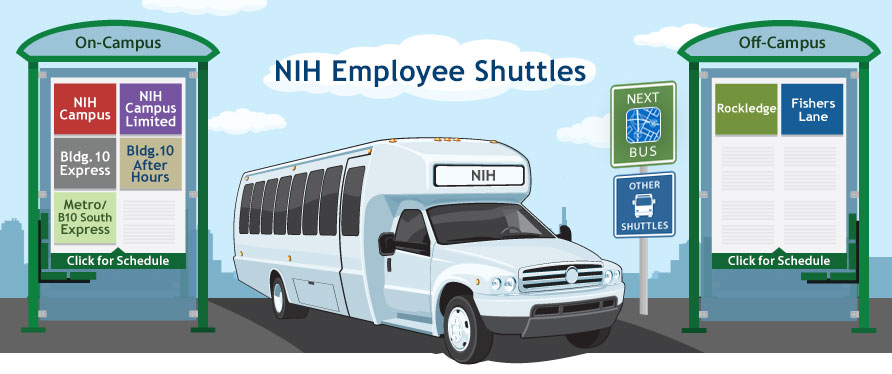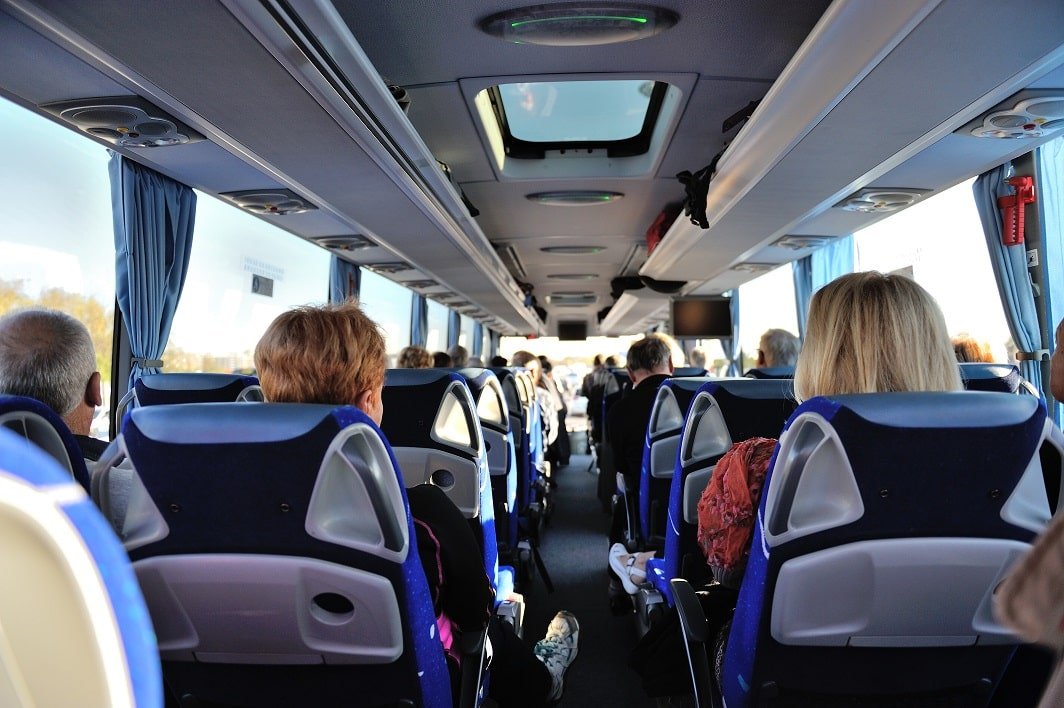20 Top Ways For Deciding On Event Transportation Websites
20 Top Ways For Deciding On Event Transportation Websites
Blog Article
The Security And Security Of Employee Shuttle Transportation
Here are 10 top safety tips to ensure the security of employee shuttles.
1. Regularly provide safety training for drivers
Make sure that all shuttle operators get a thorough training in safety issues, including defensive driving methods as well as emergency procedures and skills in customer service. Drivers can benefit from frequent training refreshers to stay up-to-date in the latest best practices and enhance their ability in handling different situations.
2. Implement Strict Vehicle Maintenance Protocols
Set up a schedule for maintenance of your vehicle to ensure that the vehicle is in the optimal operating conditions. Checking brakes, tire pressure lighting, as well as other vital components should be included in regular inspections. Maintaining your vehicle in good condition reduces the risk of mechanical breakdowns while also ensuring passenger safety.
3. Security enhanced with GPS tracking
Install GPS tracking systems on shuttle vehicles so that they can track their position in real-time. This technology improves security by providing information about route deviations, idling times, and unauthorized stops. In the event of an emergency tracking helps authorities find vehicles swiftly to ensure the security of the passengers.
4. Establish Clear Emergency Procedures
Develop and clearly explain emergency procedures to drivers and passengers. It includes protocols for emergency situations, safety situations as well as accidents. Training exercises are conducted to familiarize employees with these procedures to ensure that everyone is aware of how to react in the event of a sudden emergency.
5. Adequate Insurance Coverage
Every shuttle operation should be inspected and covered. This includes collision insurance, liability insurance, and additional policies specifically designed to address the dangers associated with employees' transportation. Comprehensive insurance protects the company and its employees in case of accidents or accidents.
6. Security of passengers is a top concern for all airlines
Create and communicate safety guidelines for passengers on shuttles. Included in these are guidelines for proper behavior, seatbelt usage as well as emergency exits. Placing these policies prominently in the shuttle, or on company communication platforms will reinforce their importance, and encourage the observance of these policies.
7. Conduct Background Checks on Drivers
Conduct thorough background checks to confirm that the shuttle drivers have an excellent driving record and do not have any criminal records. This is crucial for creating a safe environment for employees of all levels. Check driver's records regularly to ensure that they are in compliance with safety regulations.
8. Install safety features on vehicles
Make sure that your shuttle is equipped with safety features such as airbags and rearview cameras. These features can reduce the likelihood of injury during an accident. You should consider investing in new technologies such as collision-avoidance devices to improve the safety of your vehicle.
9. Create a Culture of Safety Awareness
By raising awareness, encourage employees to establish a safety the culture of your business. Encourage reporting of dangerous circumstances or behavior and recognize employees and drivers who put safety at the top of their list. Safety meetings regularly and newsletters, as well as other methods of communication can highlight the importance of safety and help make it a top priority.
10. Monitor and analyze incident reports
Keep track of the safety incidents and reports including accidents. Through analyzing the data you will be able to identify patterns and areas that require improvement. The reports can be used to enhance overall safety and security by adjusting training, policies or procedures.
These suggestions can assist organizations create a safe, secure environment that will ensure the safety of their employees as well as reduce the risk. Prioritizing safety and security not only protects employees but also enhances overall satisfaction and trust with the shuttle service. See the most popular additional hints about employee shuttle for site tips including airport shuttle pickup at home, san airport shuttle, los angeles airport car service, transportation private, transport to airport, airport service, transportation to airport, car service to and from airport, ground transportation from miami airport, lax airport transfers and more.
Ten Best Tips For A Budget And Cost-Effective Corporate Event Transportation Service
Here are 10 ideas on cost and budget for transportation services for corporate events:
1. Conduct an Cost Analysis
Do a comprehensive cost-analysis of every aspect of the services. This includes leasing a vehicle, the cost of fuel, driver salaries as well as maintenance and insurance costs along with any other fees related to permits or parking. Understanding the total cost of a vehicle can assist in establishing the budget.
2. Budget Framework: Develop an Clear Budget Framework
Set up an organization's budget to determine how much they are willing to invest in transportation. This framework needs to include all expenses outlined however, it should also provide some flexibility to pay for unexpected expenses. The budgeting process helps with the decision-making process, while also ensuring that transportation costs are able to be controlled.
3. Consider Alternative Transportation Options
Think about the various transportation options for your event. They could include vans, shuttles or ride-sharing service. Assess the costs associated with each option, considering factors like capacity, comfort, and ease of use. By selecting the cheapest alternative, you can maximize your transportation budget.
4. Make agreements with transportation companies
When selecting transportation providers, negotiate contracts to secure the best rates. A lot of transportation companies can offer discounts for big events and bulk bookings. Building a good rapport with these companies will result in lower rates and improved service, which ultimately benefits your budget.
5. Plan for Fuel Costs
Costs for fuel can have a major impact on overall transportation costs. Calculate the amount of travel and the distance needed to reach the event. To reduce costs you should try negotiating with the transportation company that has for vehicles that are fuel efficient.
6. Include Contingency Funds
A portion of your budget should be reserved for unexpected costs. Transportation is unpredictable. There are many things that could go wrong, such as vehicle breakdowns or the need for additional trips. It is possible to handle unexpected events by having the money for contingency.
7. Take into consideration Group Discounts and Packages
Transportation providers often offer special deals or discounts for groups. Many companies offer discounts for large groups, corporate events and other special occasions. This can help you save some money. Consider packages that include additional services at a reduced cost for example, additional vehicles or on-site coordination.
8. Monitor and Track Your Expenses
Maintain a close watch on all transportation-related expenses throughout the planning and execution phases. Use spreadsheets or budgeting tools to monitor costs in real-time. Track expenses to identify areas of savings.
9. Gather feedback for future budgeting
Following the event, collect feedback from guests about their experience with transportation and any costs associated with it. The feedback you receive will provide invaluable insights into how efficient the transportation service is, and will help inform your future budgeting decisions. Understanding the factors that work and those that don't make a difference in the event budget.
10. Assess the cost total of ownership
To determine the best transport option, you should consider the total cost of ownership (TCO) of vehicles. It includes not only the initial purchase or rental price, but also ongoing costs like maintenance, insurance, and depreciation. Understanding TCO will allow you to make informed decisions by taking into consideration the initial cost and the longer-term financial implications.
These suggestions will help you control your expenses and make budgetary choices that are informed about the transportation for your corporate event. A well-planned budget not just guarantees that the transportation requirements are met but also contributes to the overall achievement of the event making it possible for attendees to concentrate on the event and not the logistics. Budgeting and cost control can improve the image of an organization and show a commitment towards effectiveness and accountability. Have a look at the top event transportation service tips for more info including transport job, manager transport, trucking services near me, transportation companies near me, transporting buses, trucking services near me, company transport, pace transportation service, companies in logistics, transportation management and more.